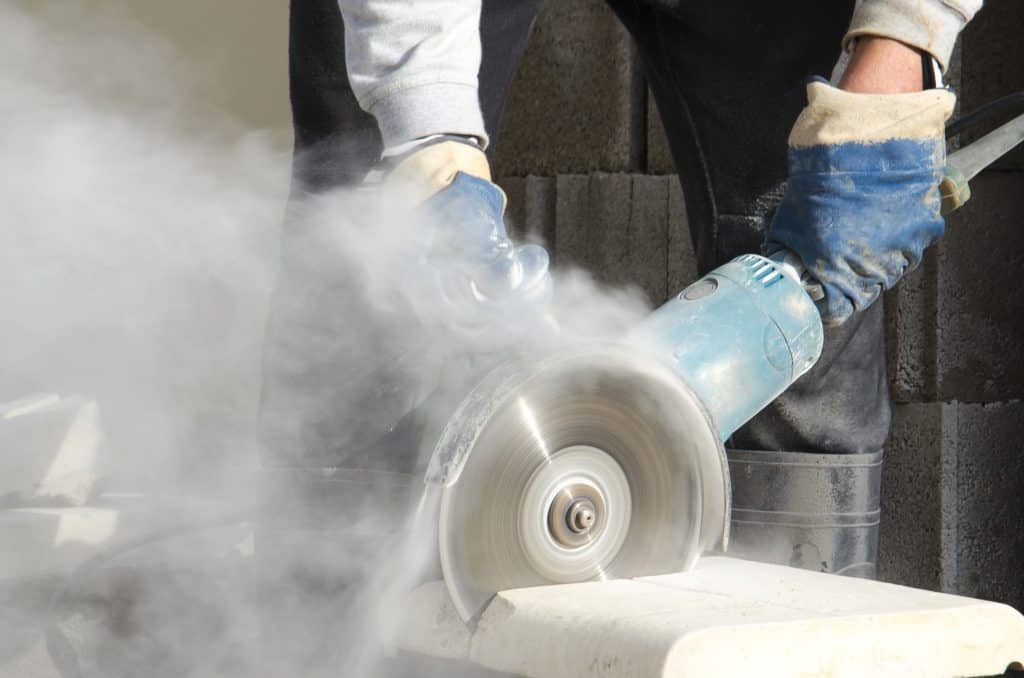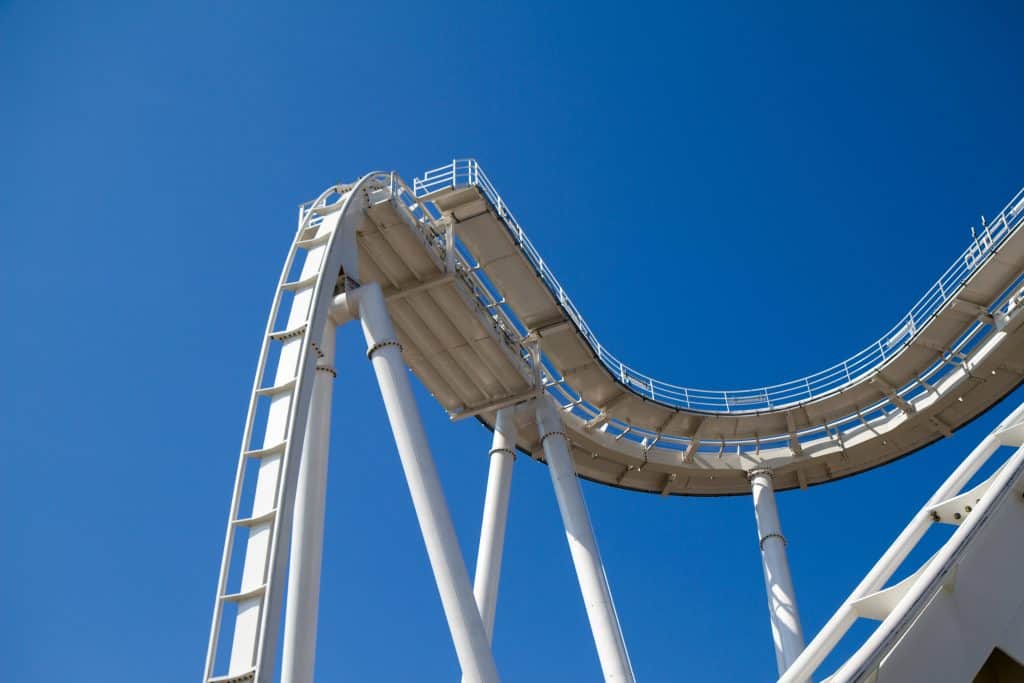
The Peter Sandman quote concerning delivery people and infections that appeared in an earlier SafetyAtWorkBlog article highlighted an issue from 2005 that was taken up in Senator Tony Sheldon‘s questioning of the head of Safe Work Australia, Michelle Baxter, in Senate Estimates on March 4 2020. Sheldon has challenged SWA in earlier committee meetings but his confidence is increasing as he covered more issues than delivery workers and coronavirus.
Michelle Baxter was also questioned on the provision of OHS guidance in languages other than English, silicosis data and the banning of engineered stone.



